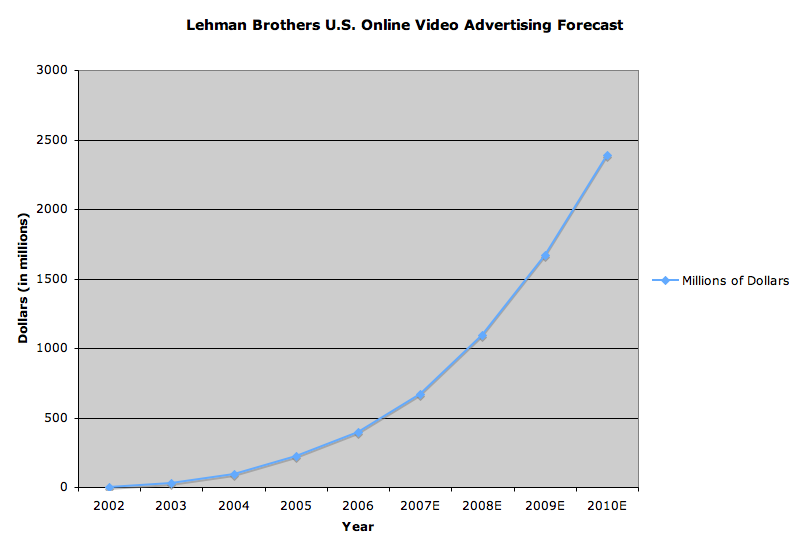While the idea of cutting out the brokers and just letting the wisdom of the crowd guide you in your stock purchases does have a lot of appeal, this scenario raises certain issues:Cake CEO Steve Carpenter believes that of the approximately $100 billion that consumers pay for stock management services, "a lot is wasted." He's built a service that identifies the stock picks from the best performing members in his community, and lets other users take advantage of their investing skills. Importantly, Cake doesn't show you just which stocks have done well among its users. That's old information. Rather, Cake identifies the users that are doing well in their portfolios and highlights their transactions, as they happen, for other users. One of the byproducts of that is the Cake Take, a rating service "akin to Morningstar," Carpenter says. But it's more predictive, more timely, and a lot less expensive to run, since it's algorithmic and not based on the opinion of paid analysts.
- This is not a true application of the wisdom of the crowds, as defined in the book of the same name. As I've railed in this blog before, the wisdom of the crowds emerges only under certain conditions: it must involve a large number of people voting on a topic about which they are not highly educated/indoctrinated in a conventional way of looking at things, and they should have no contact with one another in doing so (to prevent them from exerting influence on one another -- the crowd can only be wise when it is composed of individuals, rather than members of a group). Cake's setup encourages you to follow a few highly-successful traders (rather than a whole crowd of them), and there is no reason to think those traders aren't watching each other and following the same leads.
- The whole enterprise is based on one article of faith: that top traders know what they're doing. It seems to me equally likely -- more likely, actually -- that these guys on top just happen to be on a lucky streak, and there's no more "wisdom" to be gained than you'd get by going to Vegas and asking some random old lady for tips on how to play the slots. (The proof is in the pudding: track the "top traders" on Cake over time, a year or more. If the same guys stay on top, they know what they're doing. If they come and go, it's all just another form of gambling.)
In short, it's not a crowd, and it's not likely to be wise.
Too often on Wall Street, it's the suckers who show up late who supply the money that allows the guys who got in early to cash out before the whole thing collapses. I don't doubt that Cake is entirely sincere in its crowdsourcing efforts, but I suspect that their product is likely to appeal to suckers destined to arrive when the party is over.


